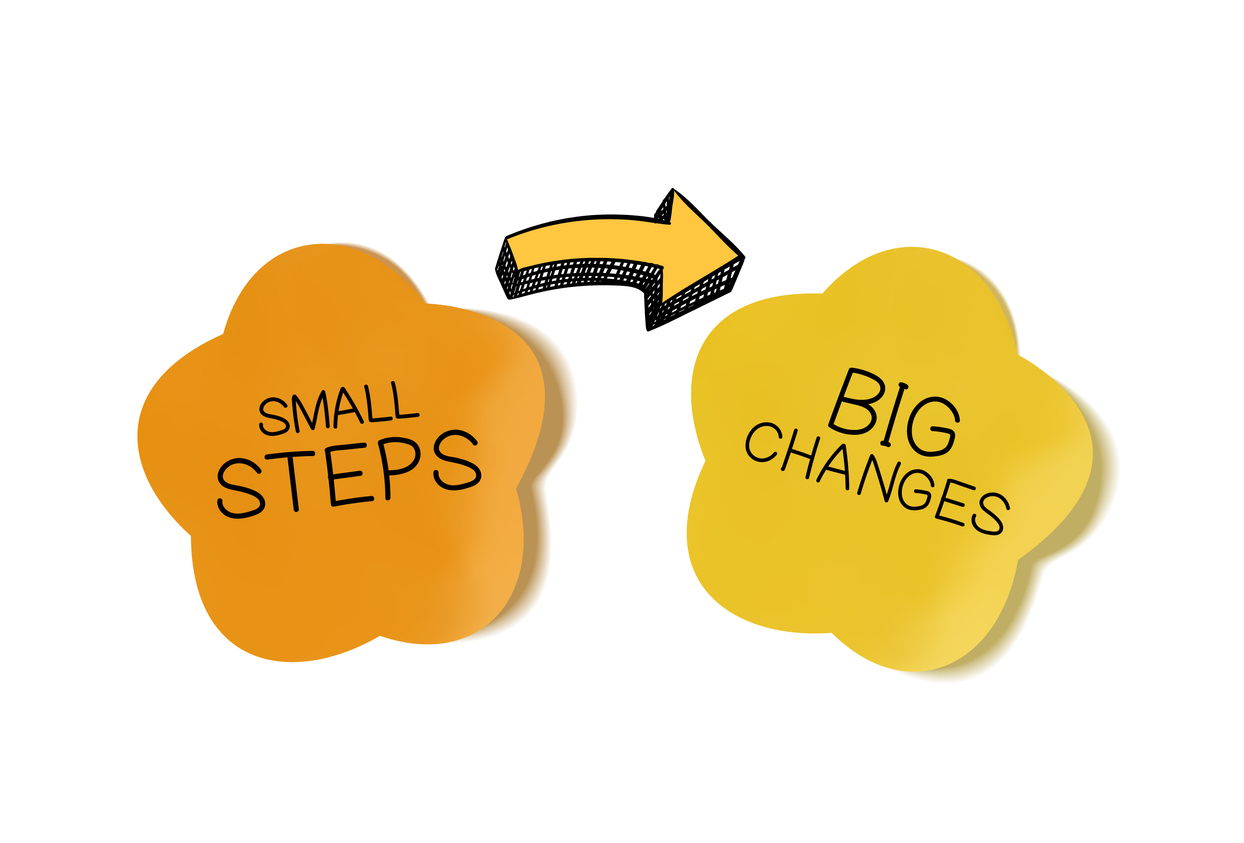Cryptocurrency is gradually being accepted by institutional investors. This has led to increased crypto prices and market capitalization. However, institutional investors are still waiting for clarification from regulators on some issues before they can fully commit to the crypto market. In this article, we will discuss the role of institutional investors in the crypto market and their influence on prices.
What Are Institutional Investors?
Institutional investors are entities that manage large amounts of money, such as pension funds, hedge funds, mutual funds, and venture capital firms. They are considered to be “smart” money because they invest in research-driven opportunities and have the resources needed for proper due diligence.
As the name implies, ‘Crypto Institutional Investors’ are the ones that are interested in crypto markets. These crypto institutions are investing large amounts of money in crypto assets and crypto-related products, such as futures contracts and crypto tokens.
Importance of Institutional Investors Entering Into Crypto
Institutional investors provide much-needed liquidity to crypto markets. This means that crypto prices will be less volatile since there is more demand from institutional investors who can absorb market shocks better than retail traders.
Institutional investment also brings legitimacy to crypto markets and encourages other institutional players to enter the crypto space.
When institutional investors enter a crypto market, it gives confidence to retail traders who then buy into crypto assets at higher prices. This increases crypto market capitalization and overall crypto prices.
With the ability to invest such large amounts of capital, crypto institutional investors can also influence crypto development and adoption by providing the necessary funding for crypto projects such as crypto exchanges, crypto wallets, and other important infrastructure for the Web3 economy.
Crypto Institutional Adoption: How Far Are We?
Crypto institutional adoption is still in its infancy. There are unresolved regulatory issues that need to be clarified before institutional investors can fully commit to crypto markets. Many of these issues revolve around taxation, custody solutions, and the lack of retail-friendly crypto products.
Meanwhile, crypto companies such as Coinbase and Bakkt are making strides in working with regulators to ensure crypto markets are compliant with existing laws. Regulatory clarity and crypto infrastructure advancements will pave the way for increased crypto institutional adoption in the future.
Shima Capital, Invesco, and Felix Capital are some of the leading crypto-focused institutional investors. These companies are investing in crypto startups to help them develop the technology and services needed to make crypto mainstream.
ARKK is another firm that is bullish on crypto and although they don’t hold Bitcoin or other crypto assets directly, due to the limitations of index fund clearance, they own various crypto companies. When there is more regulatory clearance, this institution will likely invest more in this emerging asset.
Kevin O’Leary (Entrepreneur and Investor) has expressed his insights on crypto institutional adoption throughout many interviews. He explains that although many crypto enthusiasts are against regulations, he believes as soon as crypto becomes regulated, we will see more institutional adoption and crypto prices will soar.
Sovereign wealth funds are another large pool of capital that could flood into the crypto markets in the coming years. Sovereign wealth funds can be best understood as state-owned funds used to manage a portion of the government’s assets. Crypto regulations need to become clearer before these institutions begin making substantial crypto investments.
Of course, we also have entire nations that are embracing crypto, such as El Salvador. These countries have crypto-friendly regulations that allow crypto companies to operate within their borders. This could attract crypto-related investments from institutions around the world.
When it comes to private companies, crypto exchanges like Coinbase and Kraken are providing crypto custodial services for institutional investors. This helps crypto firms comply with regulations set by the SEC, such as those related to crypto custody.
Many central banks have been showing interest in similar but vastly different digital currencies called CBDCs. Although this may not be the same as cryptocurrencies, it shows that crypto-related technology is slowly being embraced by the traditional financial system.
With all these crypto-related developments, crypto-institutional adoption is inevitable. But crypto markets need to become more stable and provide more crypto products that are tailored towards retail investors before we can see crypto institutional adoption reach its full potential.
Therefore, the interest from institutions is here, but the crypto markets will just have to wait for regulatory clarity and stronger infrastructure to accommodate these massive funds.

Final Thoughts
At the end of the day, crypto institutional adoption is something that will take time but could provide crypto markets with much-needed liquidity and stability. Investors should be aware that crypto institutional adoption is still in its infancy, so the crypto market will likely experience significant volatility in the short term.
The best way to stay up-to-date with the latest crypto news so that you can prepare for the massive waves of monetary energy entering this market is to use Algory News Aggregator. By doing so, you can have the quickest access to the most advanced news about crypto markets. This is an essential tool for traders and even just those interested in being the first to learn about crypto institutional adoption.
It is important to note that this article should not be considered financial advice but rather informative. Cryptocurrency investments carry a high degree of risk due to their volatile nature and it is important to understand all the risks involved before investing.
Additionally, it is beneficial for retail traders to do their own research on crypto projects before investing. Doing so helps ensure that they make informed decisions about their crypto investments.
In conclusion, crypto institutional adoption is still in its early stages but it has already had a positive effect on crypto prices and market capitalization. While there are unresolved regulatory issues that need to be addressed before institutional investors can fully commit to crypto markets, the future of crypto looks bright as more institutions enter the space.
DISCLAIMER: This article is not financial advice and should not be considered as such. Cryptocurrency investments carry a high degree of risk due to their volatile nature and it is important to understand all the risks involved before investing. Trading crypto-assets involves significant risk and can result in the loss of your invested capital.
















